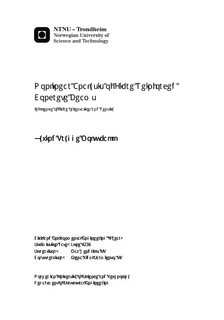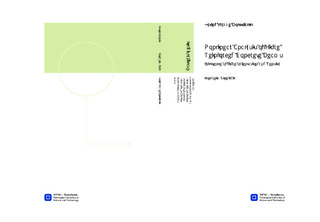| dc.description.abstract | This master thesis examines nonlinear analysis of fibre reinforced concrete in DIANA,what influence changes in fibre orientation and density have on the loadcapacity and the load-bearing ability when the displacement grows. The most importantpart of the report are the modeling and results from the analysis.The first part of the report includes background theory for nonlinear analysis togive a better understanding of the analysis. Additionally the report include a literature study, based on earlier research and published material about fibre reinforced concrete and its mechanical properties. Especially the residual tensile strength is interesting, since it is here the fibres become the most useful.Both modeling and analysis have been done in the FEM-program DIANA. Thebeams were modeled after the rules in NS-EN 14651. Mostly the analysis were runwith a displacement control up to a displacement of 4 mm to make it easier to seewhat influence the specific types of fibre reinforced concrete had on the load-capacitywith increasing displacement. Force-controlled analysis were also tested, but mostof the analysis stopped shortly after reaching the maximum load-capacity becauseof convergence.Calculations were done to check the contribution from the fibres to the shear capacity.The calculations were based on a set of rules suggested by COIN. Becauseof the existence of the notch, the first crack will always occur in the mid-section.The results showed that with a good consistency between the normal vector for thecrack and the orientation of the fibres, it would be considerable contributions tothe shear capacity. With higher density in the critical area, this contribution wouldbecome larger. The results from the analysis showed that up to 45 degrees betweenthe normal vector and the fibre orientation, the fibres would have a positive effecton the load-bearing capacity after larger displacements when cracks have occurred.This thesis shows that through FEM-analysis it is possible to make good models offibre reinforced concrete. However, more research on strain softening and hardeningof FRC, and how to look at local changes, are necessary. In addition a set of designrules should be developed. | nb_NO |

